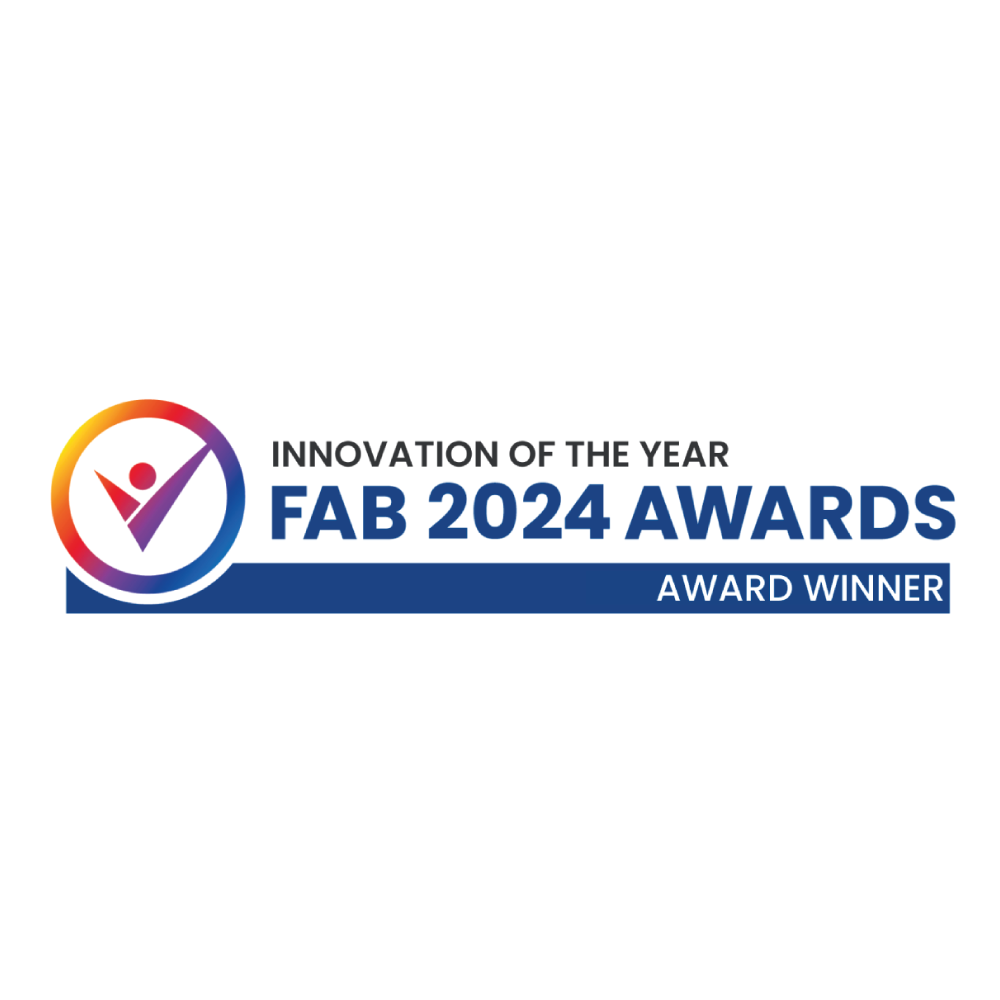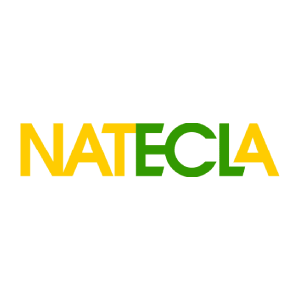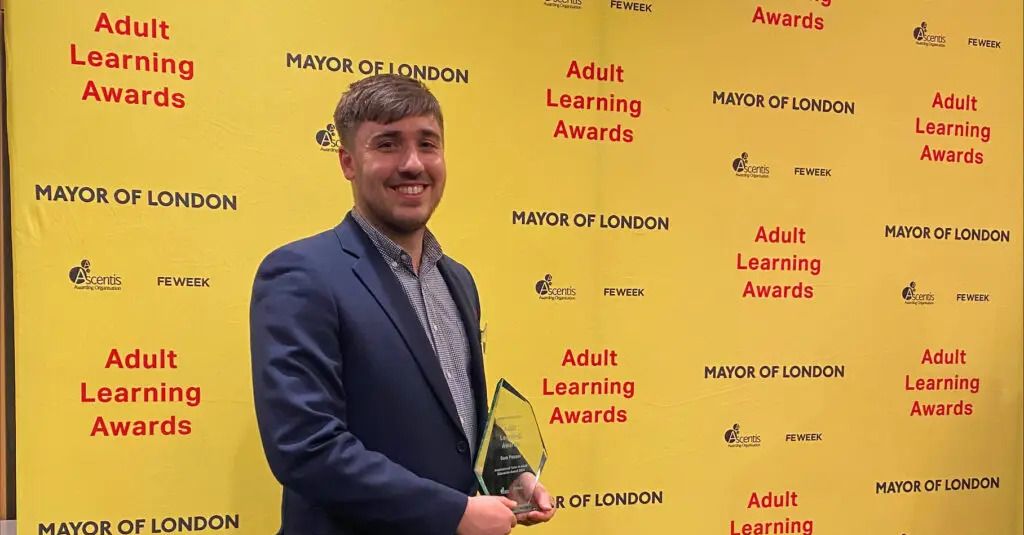
Insights from Sam Pepper: Advanced Learning Practitioner in ESOL at WM College
Sam Pepper is an Advanced Learning Practitioner – ESOL at WM College, Camden. He and his colleagues have been providing Ascentis ESOL qualifications for over five years and have provided training and qualifications to thousands of learners. Sam is a course tutor, teacher trainer and curriculum quality lead. He is passionate about providing learners with the best possible preparation to succeed in ESOL, to obtain qualifications but also to gain skills which will make a lasting difference to their lives. In November 2024, Sam was awarded Inspirational Tutor of the Year in Adult Education at the Mayor of London Adult Learning Awards, which Ascentis was proud to sponsor.
When learners hear the word exam, it evokes memories of a childhood that they can still remember. An overwhelmingly large number of Adult ESOL learners have had negative experiences as part of their school-based education and have a phobia of assessment. At our Camden based college, this is no exception. In fact, it isn’t uncommon to work with learners who have limited or no formal education experience at all – therefore most learners are either apprehensive or even uncertain about exams altogether. What I enjoy about preparing ESOL learners for qualifications is demystifying the exam process, and reminding learners how important accreditation is for their lives. These adult ESOL qualifications are skills based and highly practical – I try to reformulate their views on what it means to take an assessment and get them thinking positively about the experience.
Here are a few approaches I usually take to ensure learners are comfortable, motivated and engaged with their path to taking accredited Ascentis Skills for Life qualifications.
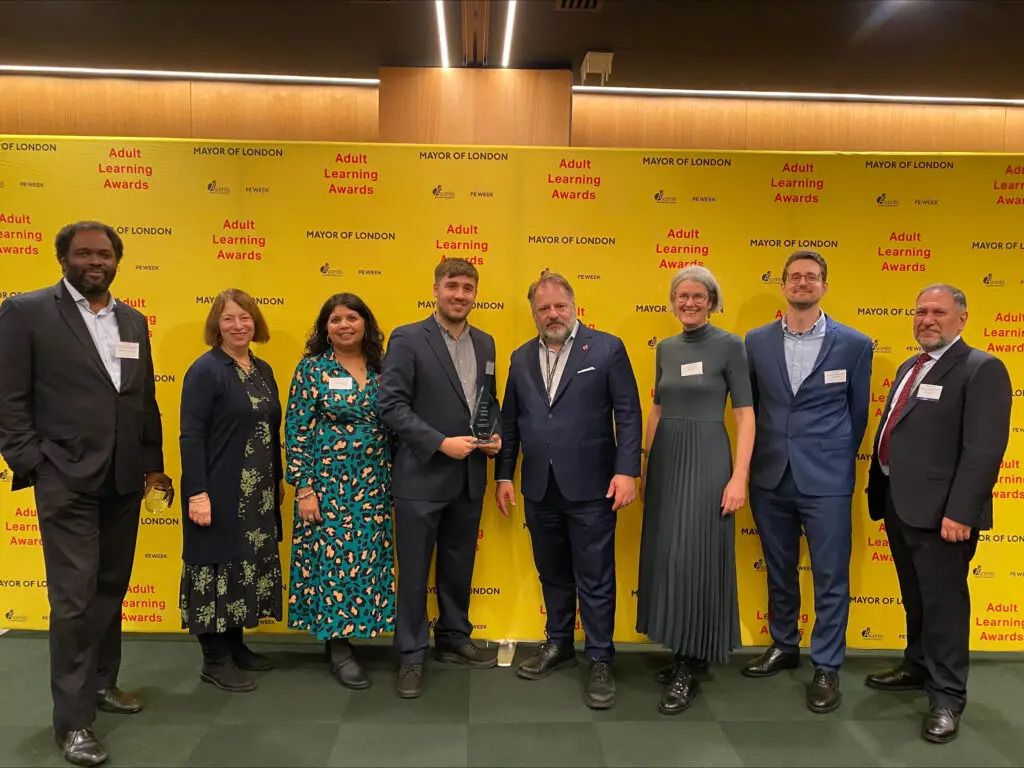
Set the ground rules, from the start
When meeting my learners at the start of the course, the exams seem a faraway thought. I remind learners when inducting them exactly what qualifications they are here to achieve, what the task achievement goals will be and what skills, grammar and functions we will be working towards. My scheme of work is not only for my course planning; it is a collaborative document that learners must be a part of. I set the aims clearly and make sure learners have the dates in their diary. I also remind them that only a small percentage of their learning and preparation will take part in the classroom – the rest will be self-study. I try to promote learner autonomy from the first day, equipping learners with the skills and resources to identify as good language learners. Diagnostic assessment is vitally important to find out what leaners need on their path. Taking the time to pin-point exactly what learners need and communicating about this with them is the best way to build a working relationship with each learner from the word go.
Create classroom routines
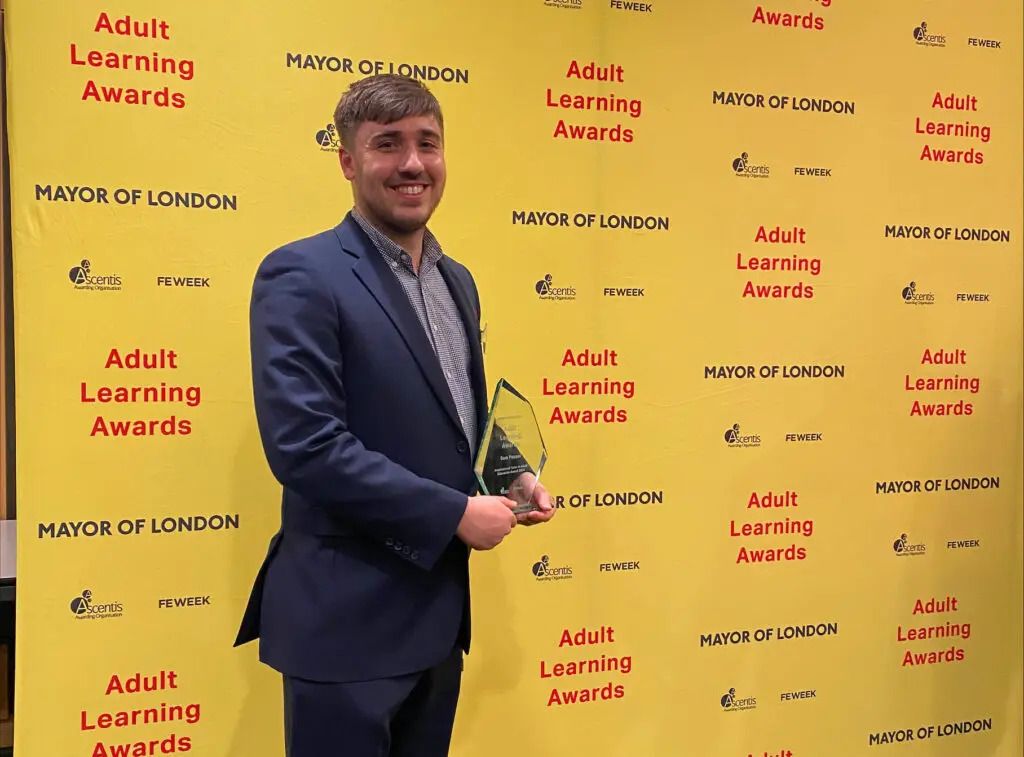
When welcoming learners to the lesson, I try to make sure the routine is consistent. I always have aims of the lesson written on the board and ask learners who arrive early to read them and predict what we might be learning today. I make sure we peer correct homework early in the lesson and practise functional classroom language as we approach the break. “When are we re-starting the lesson after the break?” is revealed on the board at the same time every lesson so learners experience the repetition of the routine, and the grammar and vocabulary involved. There is one aspect that I always vary: seating arrangements. Learners are always asked to sit with different classmates every time and I am never shy to ask learners to move around the room.
Vary interaction patterns
Classes should be communicative, and learner centered, therefore I set up as many task-based activities as possible; especially those which relate to the assessments. These could include group jigsaw reading tasks about cities in the UK, planning an event and presenting to the class, and group formulating and writing a letter of complaint to the council. These activities create a sense of shared success between learners and encourage them to use English as a means of communication. Learners are the best resource in our classrooms, therefore by working together they can support and share knowledge with each other, while the tutor takes a monitoring approach and focuses on error correction and instructional support. Presentations, pair correction and video-based activities are all ways to get learners creatively involved in producing language.
Make use of the resources on offer
As we approach the exams, I try to make maximum use of the resources available. Ascentis ESOL Hub has lots of resources to choose from which are exam specific and appropriate for guiding learners to exam specific skills and aptitudes. Every qualification and language skill assessment has its own exam specific preparation pack that I make use of in class. I also ensure that we share resources amongst colleagues as a team. Therefore, I set up an online forum on an application to keep in touch with my fellow tutors who are teaching the same level as me. This collaboration ensures that we support each other and reflect on our practice. I also adapt materials, extend activities, and match them to individual learner needs and interests to ensure they are engaged and appropriately challenged as I prepare them for the exam. The community around us is full of resources. I look for suitable progression paths for individual learners to motivate them towards a future direction. This might be a career, higher-education study, or helping others. I find that reminding learners of the resources around them motivates them even more.
Preparing learners for ESOL exams is a challenge that I find highly rewarding. The feeling of giving learners their certificate at the end of the academic year is a feeling like no other. Working with learners so closely gives me a shared sense of achievement and I finish every course knowing that I have played a part in their journey to improving their lives.








